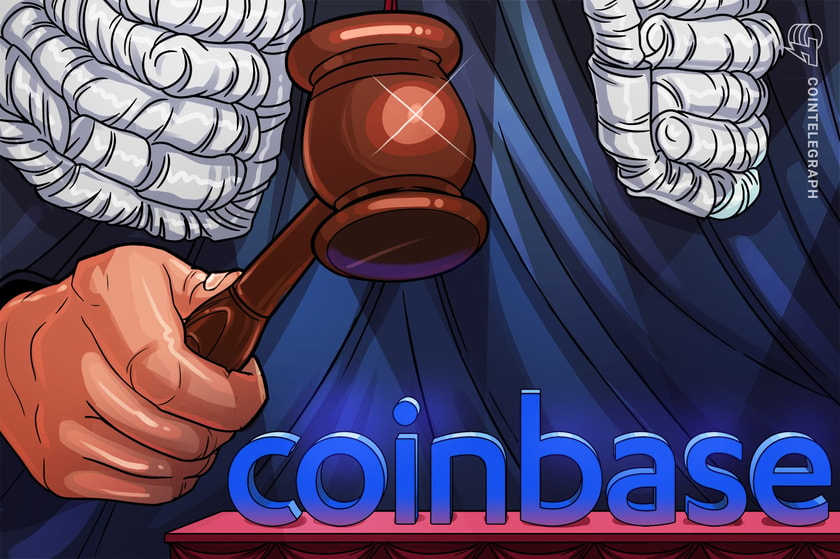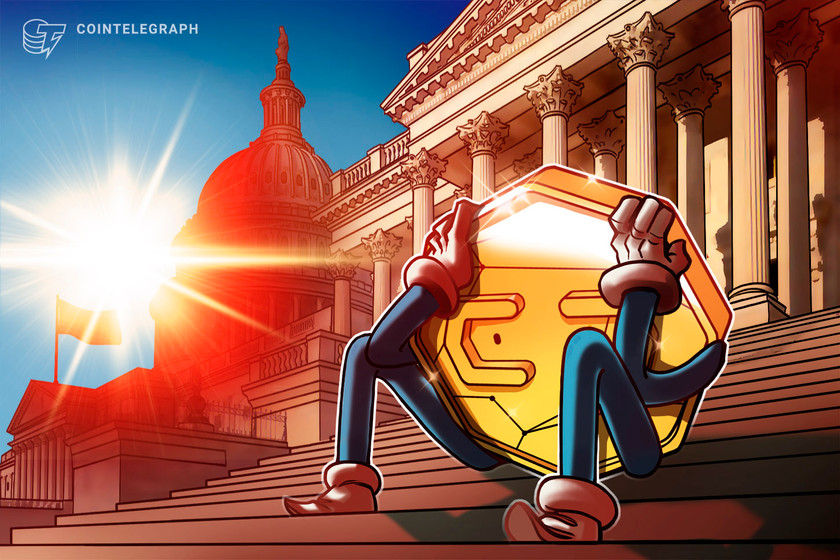The views and opinions expressed here are solely those of the author and do not necessarily reflect the views of Cointelegraph.com. Every investment and trading move involves risk, you should conduct your own research when making a decision. This text shouldn’t be considered as legal advice.
In our Expert Takes, opinion leaders from inside and outside the crypto industry express their views, share their experience and give professional advice. Expert Takes cover everything from Blockchain technology and ICO funding to taxation, regulation, and cryptocurrency adoption by different sectors of the economy.
If you would like to contribute an Expert Take, please email your ideas and CV to george@cointelegraph.com.
The Crypto community is increasingly facing tax compliance issues, especially with the American IRS. And without an express crypto-centric amnesty, some people have joined the main IRS offshore amnesty known as the Offshore Voluntary Disclosure Program (OVDP). There may be offshore crypto accounts, or just offshore bank accounts that can be a hook for getting IRS amnesty.
Yet after a 10 year run, the OVDP will formally close on September 28, 2018, and some people are rushing to get in. The Streamlined program will still exist, but in comparing the two, one should consider Streamlined audits. Most commentators agree that the September 28 deadline is the date by which a taxpayer must submit their “Initial Submission” requesting admission.
A Preclearance Request is not enough. This is an optional first step before entering OVDP that involves a small number of details. The purpose of requesting preclearance is to confirm that the IRS isn’t already investigating you. Preclearance always has a yes or no answer. Usually the answer is yes, which means you can go to the next step to join the OVDP.
Preclearance requests are generally a good idea. But as the September 28 deadline inches closer, more people may forego this step and skip directly to the Initial Submission. A Preclearance Request only requires the following information:
- Information about Taxpayer: Complete Name, Date of Birth, Tax ID/Social Security Number, Addresses, Telephone Numbers
- Information about Undisclosed Foreign Financial Institutions, including Name of Financial Institution, Address, Telephone Number
- Information about Non-Public Entities (Corporations, Partnerships, LLCs, Trusts, Foundations) through which Undisclosed Foreign Accounts and Assets are Held, including Name of Entity (including d/b/a name), EIN (if applicable), Address of Entity, and Jurisdiction in which Entity was Organized.
It may take the IRS 30 days to respond. With the OVDP closing, a Preclearance Request should be submitted soon. With the September 28, 2018 OVDP deadline, assemble the Initial Submission while waiting for a response. In the past, once a taxpayer was precleared to enter OVDP, the taxpayer had 45 days to submit their Initial Submission. But it is not clear if you will get that time if it extends beyond September 28, 2018.
The Initial Submission requires more information than the Preclearance Request. Initial Submissions include a cover letter that describes the facts and reporting history. In addition, two forms are included. The first is Form 14457. To complete it, include how you learned about OVDP, the source of the foreign funds, an estimate of the combined account/asset values for each year, and other general information. Only one Form 14457 is needed.
The second is Form 14454, and you need one for each foreign account. Form 14454 contains more detailed questions. For example, it asks whether you made deposits into the foreign account from the United States, or whether you transferred funds from the account to the United States. It also asks about the people at the financial institution who advised about the foreign account.
The most time-consuming aspects of an OVDP disclosure are collecting bank statements and preparing tax returns and FBARs. They are not required for the Initial Submission. They are normally completed and submitted with the “Final Submission,” which does not need to be completed by September 28, 2018.
For most people, paying the taxes, interest and penalties, even on up to 8 years as the OVDP requires, is not so bad. It is the bigger account-based penalty in the OVDP that is the hardest to swallow. It can be either 27.5 percent or 50 percent of the highest value of your account over the 8-year period. Yet if you enter the OVDP, the prospect of opting out can be worth considering, before you pay all the penalties and sign the closing agreement.
Entering the program to opt out sounds odd, and it certainly isn’t for everyone. But on the right facts, it can make a world of difference to the bottom line. The opt-out election is irrevocable, and is typically made after the IRS has calculated a proposed penalty. That might be a year or more after you enter the program. By then, you will have fully complied and fixed all of your errant reporting.
You have also paid all the taxes and interest you owed, plus penalties on your under-reporting. But the biggest penalties are based on the size of your account, and that is what can be at stake in an opt out. Of course, an opt out carries risks too. The IRS may assess civil fraud or information return penalties. According to the Taxpayer Advocate Service, over 1,000 taxpayers opted out of the 2009 and 2011 offshore voluntary disclosure programs.
Most involved small dollars, which seems counter-intuitive. For some tax lawyers, the situation is the reverse, where opt outs can involve big money. The incentives to opt-out seem much higher if large dollars are at stake. If you might pay a $50,000 penalty in the OVDP, opting out probably can’t save you too much, even if you end up with non-willful penalties.
A $500,000 penalty within the OVDP, however, may make opting out hard to resist, particularly if you have good facts. If you face a $1M penalty or higher, it may be even more compelling. Although potential FBAR penalties can be high, opt out results can be quite dramatic on the right facts. Past admissions, even OVDP the submissions, can be used against the taxpayer if he or she opts-out. Thus, it is important to consider what you’ve told the IRS prior to making the opt-out election.
The OVDP is predictable, while opting out is much less so. But the time and expense can pay huge dividends. If you have no evidence of willfulness, the sheer numbers may make opting out attractive. Individual advice about your particular facts is important. Facts that suggest willfulness may be especially so. However, moving money from one bank to another does not always spell willfulness. Even shell companies do not necessarily preclude opting out. For those with the right facts and a willingness to endure some risk, opting out can sometimes save large dollars. It can be worth evaluating carefully, even as one enters the program.
Robert W. Wood is a tax lawyer representing clients worldwide from offices at Wood LLP, in San Francisco. He is the author of numerous tax books, and writes frequently about taxes for Forbes.com, Tax Notes, and other publications. This discussion is not intended as legal advice.









